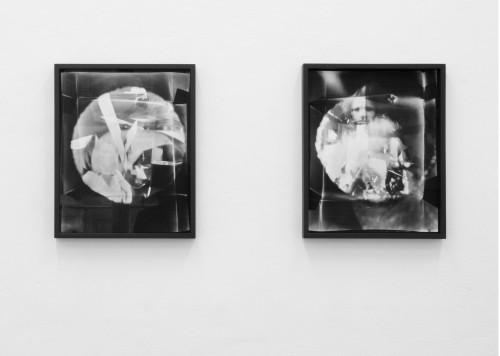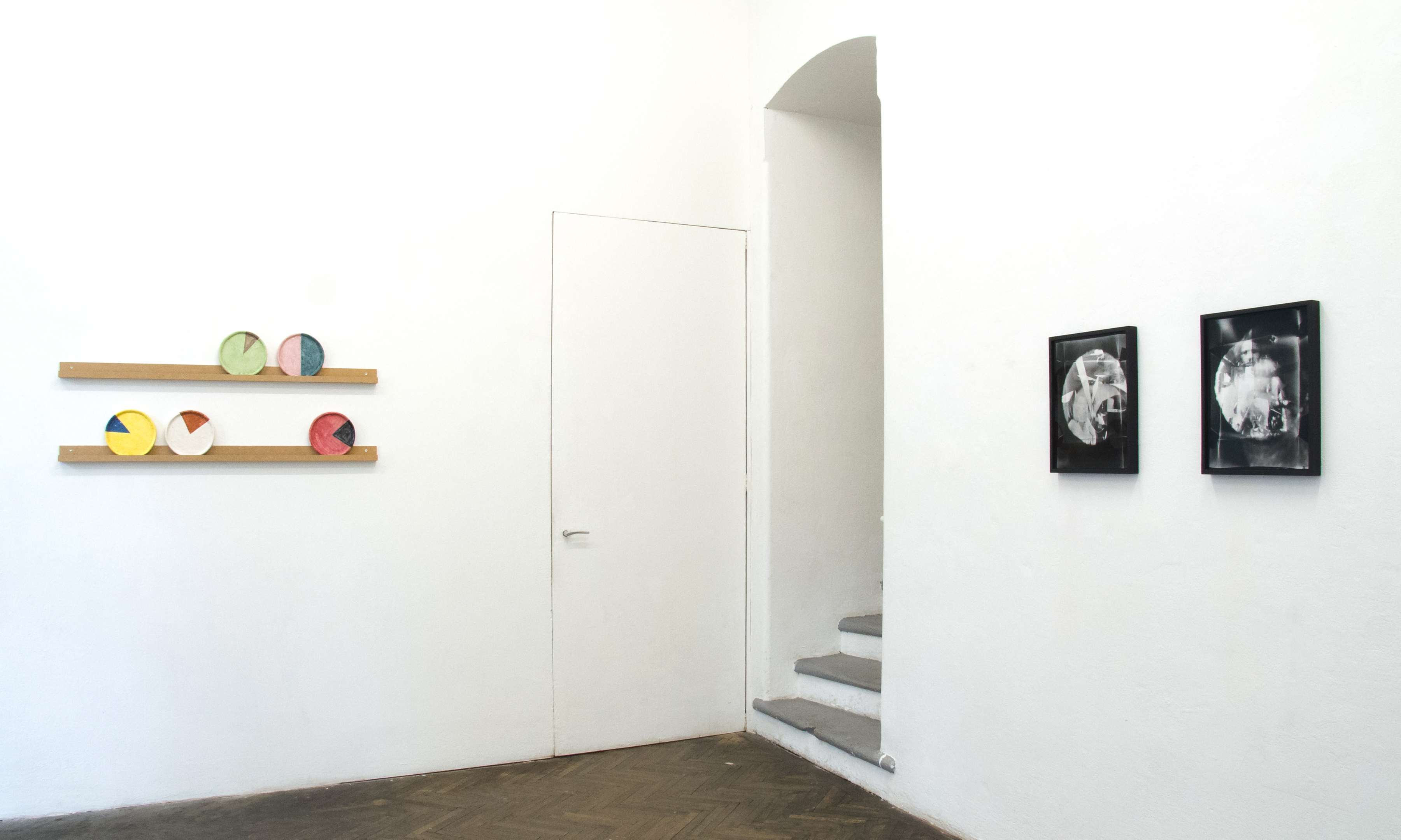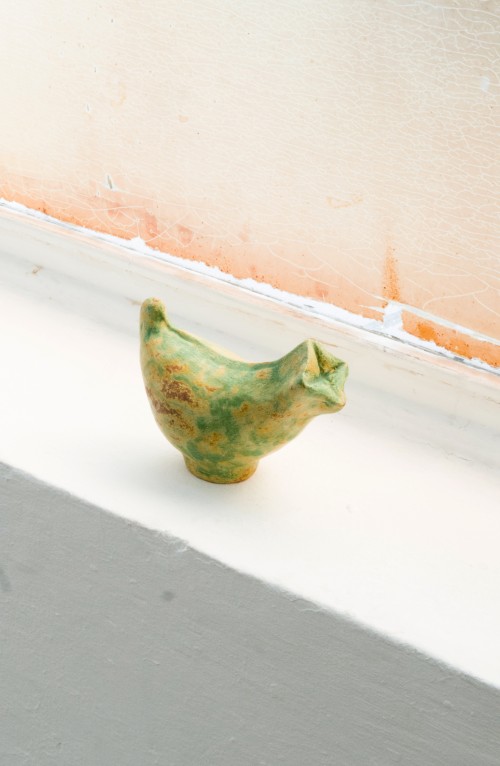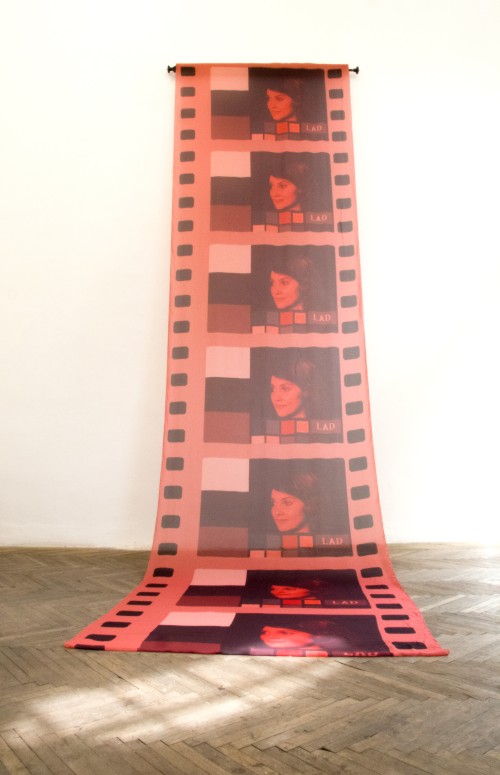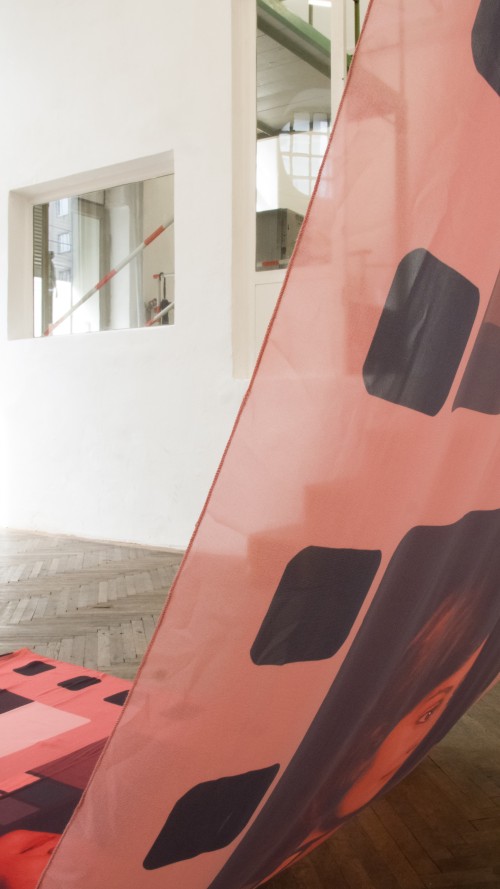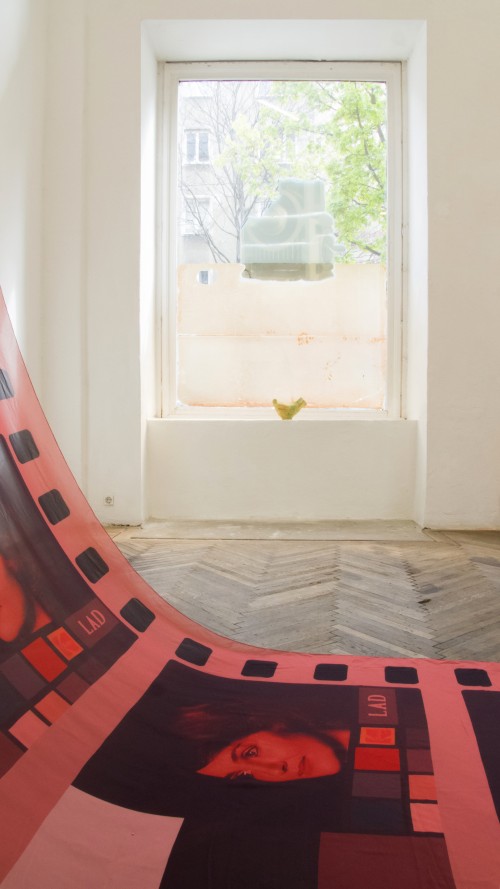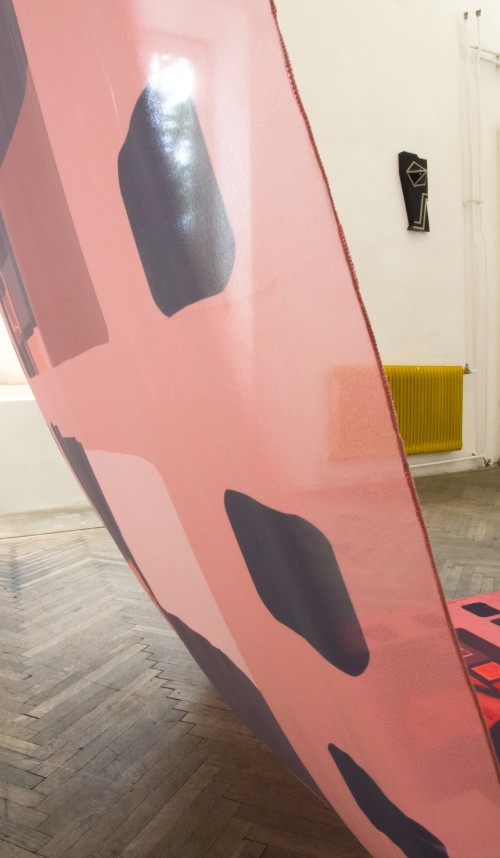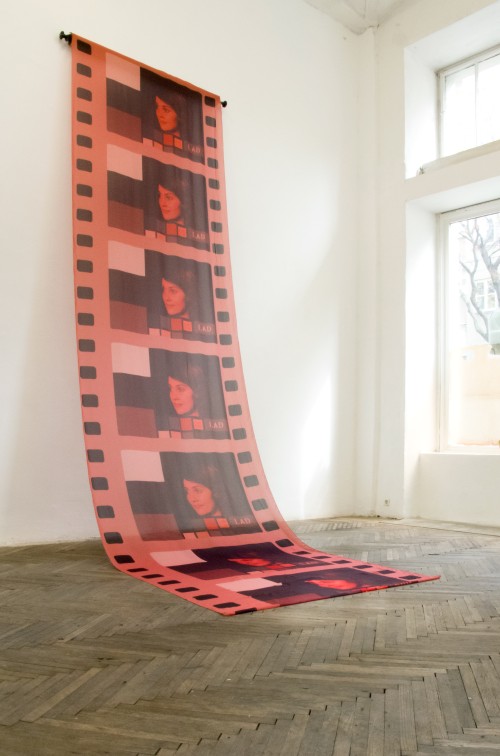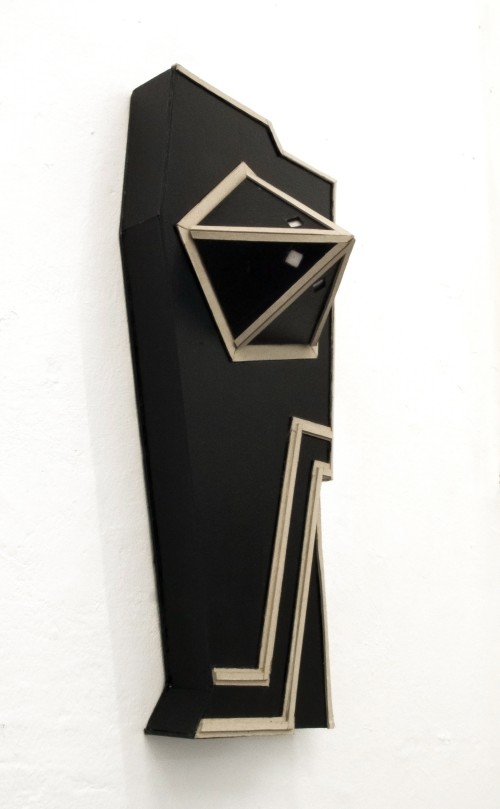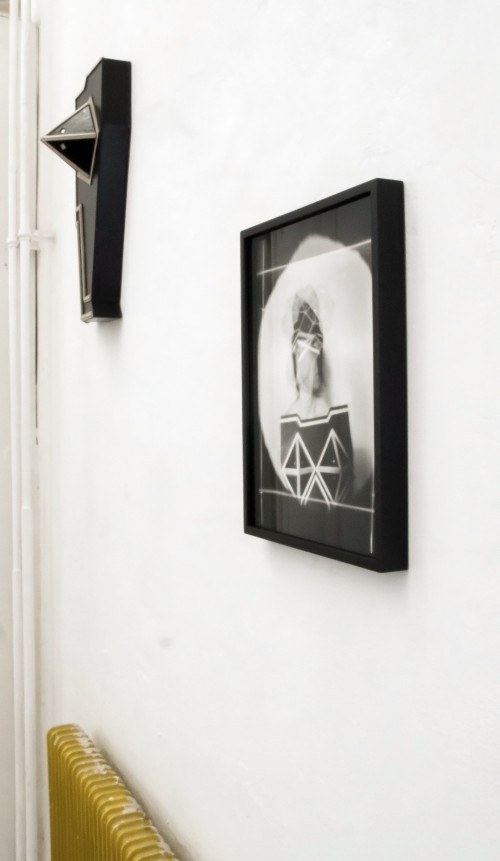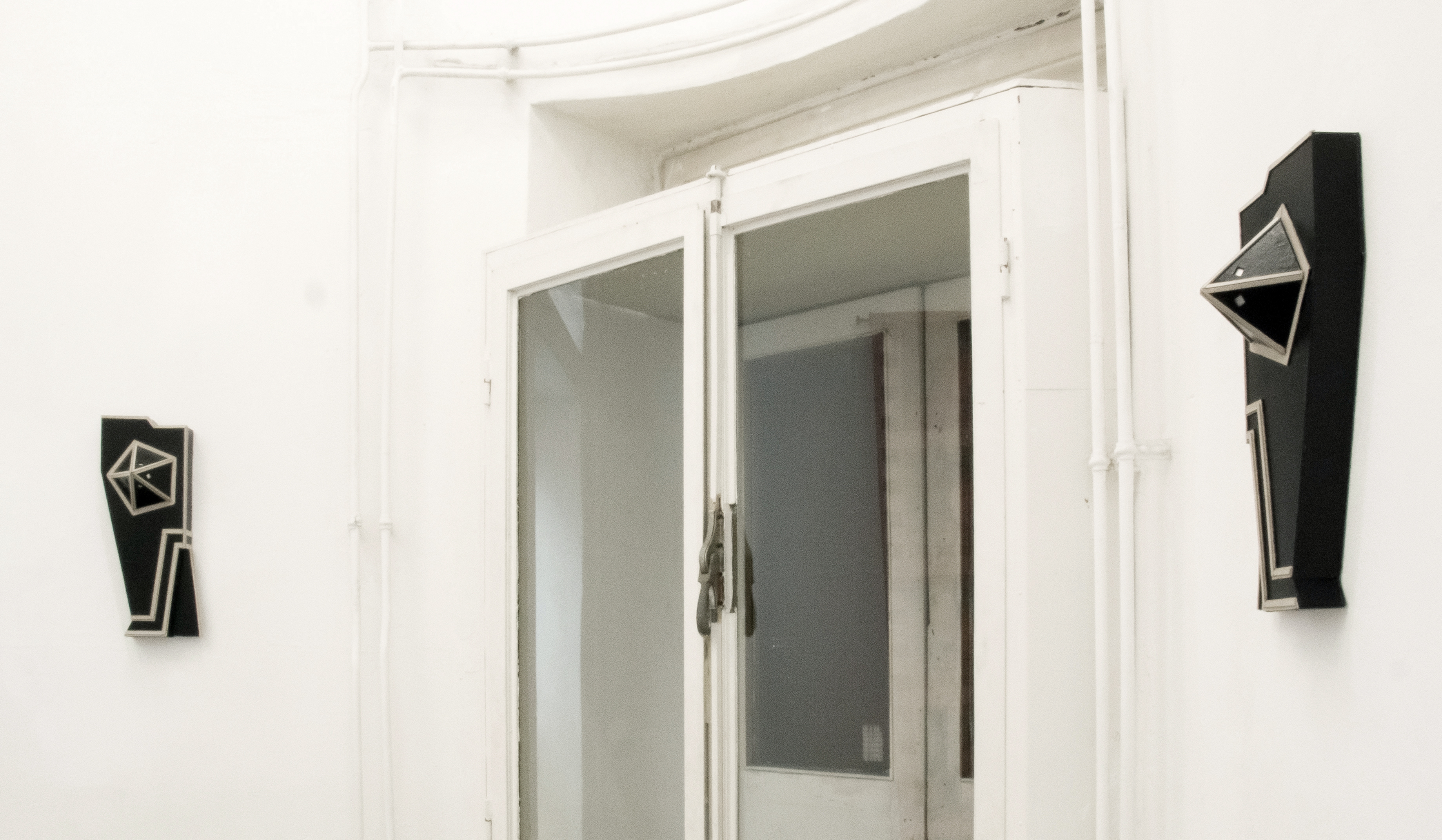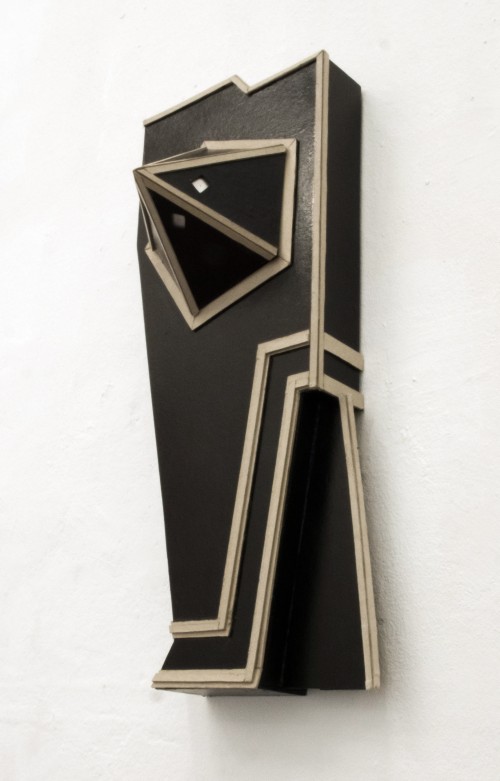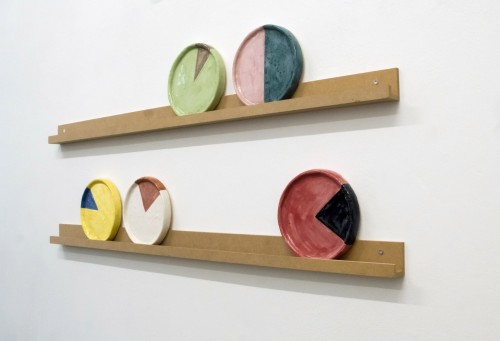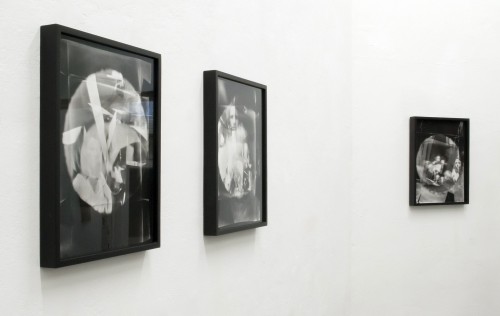Bossware
14.04. — 23.04.2023
Opening: 14.04 18h-23h
Opening hours: Saturday 15.04, Sunday 16.04 from 15h to 18h
Other dates by appointment: dorota.walentynowicz@gmail.com
Hosted by Patrícia J. Reis
Dorota Walentynowicz's exhibition "Bossware" presents a selection of works: objects, photographs, and installations relating to the common topic of reproductive labour. The artist approaches reproduction from two angles: as the mechanical replication of images and the tools it employs, as well as the invisible work (of women) related to social reproduction. In both cases, she focuses on invisible economic structures and their relationship to gender and affect. Following the transversal practice, Walentynowicz moves freely among disciplines, media, epochs and concepts, between what is private and public, between the material and the conceptual, between care and oppression.
The installation titled “Master Positive” (2023) refers directly to the invisible work of women in the film industry. Since the beginning of cinema, women have appeared on both sides of the film set – on the one hand as actresses placed in the spotlight, and on the other as crowds of employees working backstage, who dealt, for example, with hand-colouring the film. Pictures of women also served as technical images used in film laboratories. An example of such an image is a "Girl Head" (or "China Girl") – a woman placed next to colour swatches and patches of white, grey and black and used to calibrate the desired exposure and colour balance. "China Girl" is a woman placed off-screen, instrumentalized as a set of numerical values and parameters. Individual film laboratories produced their own "Girl Heads" until the 1990s, hiring models or asking employees to pose. Their image would be contained on the film reel but never displayed. “Master Positive” is the name of the positive frame to which copies are matched, an essentially abstract master according to which successive duplicates are reproduced.
In another work presented in the exhibition – “At Home with the Kodak” (2022) – the artist refers to the marketing policy of this leading manufacturer of photographic and film equipment, which since the end of the 19th century had been targeting women in its advertisement campaigns. As early as 1888, easily accessible and easy-to-use cameras offered women the opportunity to record their own her-stories on film but, at the same time, permanently entangled them in a culture based on mass consumption with all the consequences of this process. In the exhibition, a voice generated by artificial intelligence – a seemingly gender-neutral tool – reads the text from a Kodak advertisement brochure published in 1924.
Further on, Dorota Walentynowicz's analogue camera-objects (from the series "She Camera", 2021/23) allow us to analyze the role photography plays today – in the digital era – in maintaining the hegemony of visuality and exercising supervision. Most modern cameras offer only built-in programs that guide the user in obtaining an optimal and predictable result. By contrast, the objects in the "She-camera" series are shamelessly imperfect and fragile, and so are the photographs they take. And because of that, they can function as independent entities, resistant to classification and recognition and therefore resistant to interception.
With regard to the title of the exhibition, as well as the selection of works presented, one of the main concepts seems to be that of "care" – care understood on the one hand as work performed free of charge by women and on the other as a system of soft control, which creates the appearance of a relationship based on mutual dependence and gratitude.
The series of ceramic objects titled "Watch me work" (2023) deals with the so called time-poverty, i.e. the lack of paid parental leave and day care, fueled by capitalism and the employment system, which ultimately limits the career and personal choices of many women.
“Is it possible to envisage a future in which care is provided in a radically different context, which does not depend only on the unpaid labour of women/ In other words, is it possible to develop a non-sexist form of caring?” – a question from a publication titled “A Labor of Love: Women, Work and Caring” (edited by Janet Finch, Dulcie Groves) from1983 still seems relevant.
The very title of the exhibition, in turn, epitomizes a much darker and, at the same time, a concrete implementation of the corporate networked "care" over various aspects of our lives.“Bossware” is a digital employee monitoring system used in remote work systems that allows one to track employee performance and commitment. Internet activity control, analysis of launched applications and programs, but also permanent or periodic observation of an employee using an eye movement camera or a microphone on a business device – these are just a few of the possibilities offered by a user-friendly boss/soft/ware.
Text by Anna Ciabach

